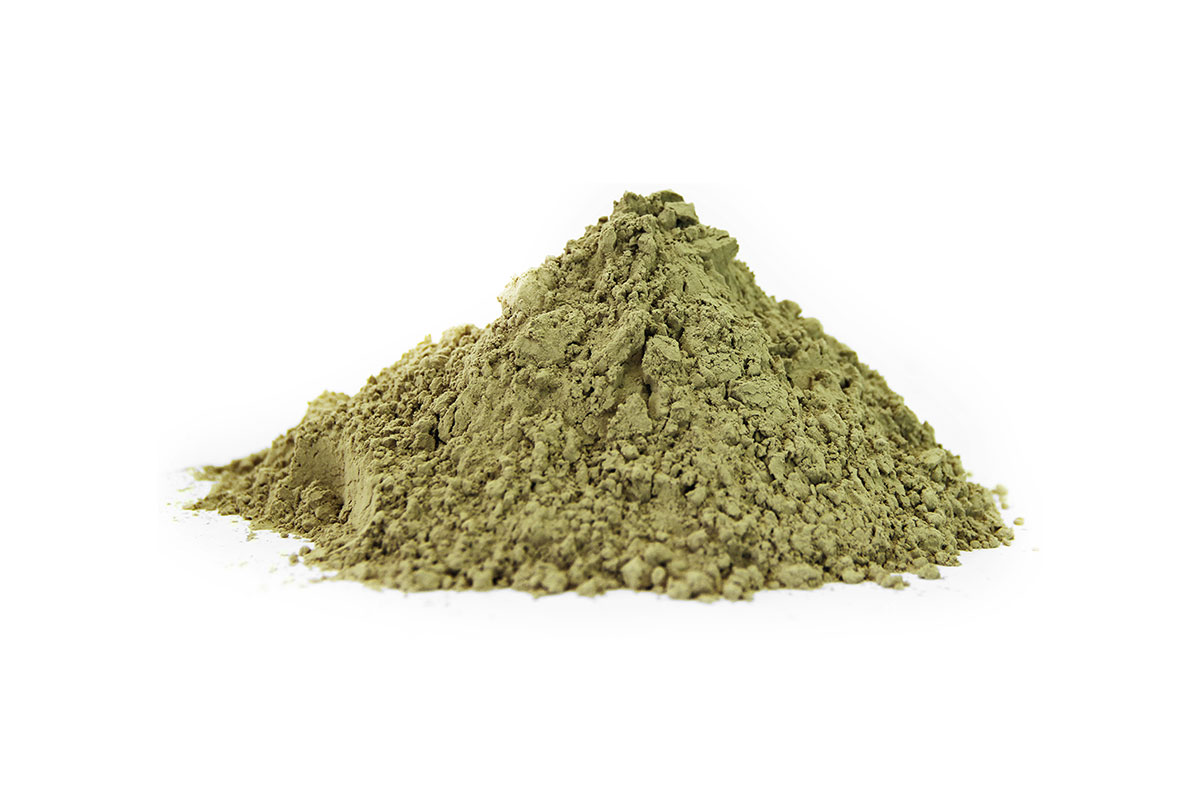Oil shale ash
Natural and versatile material
Combustion of oil shale produces ash with a diverse mineral composition, which can be used to increase the yield of fields, to produce building materials and for many other purposes.

Four ways to use oil shale ash
In agriculture
Creates better growing conditions for plants and increases crop yields.
In the production of building materials
Suitable as an ingredient in building materials.
For closing depleted oil and gas fields
The ash-based material prevents the release of carbon dioxide from the wells to the atmosphere.
Soil support
The ash is the basis for a wind farm near Narva.
Possibilities of using oil shale ash can also be found outside Estonia
Burnt oil shale is a chemical in the meaning of REACH regulation and is registered in the European Chemicals Agency's database allowing the transport of ash within the European Union (REACH registration number: 01-2119703178-42-0002).
In 2018, oil shale ash was excluded from hazardous waste. Thanks to this, oil shale ash can be recycled more and more opportunities are found outside Estonia.

Uses of oil shale ash
In the production of building materials
Oil shale ash is used as a main constituent in cement production, in production of aerated autoclaved concrete blocks and as an additive to concrete production (also in underfill mixtures) and in dry building mixtures. The quality of oil shale is determined by the Estonian standard EVS 927: 2018. See also a certificate of conformity for construction burned oil shale.
In road construction
Oil shale ash is suitable for mass stabilization of soft soils and for laying foundations for highways, railways and pipelines.
In ports
For port expansion and mass stabilization of contaminated soil.
In the plastics industry
As filler.
In ecological projects
For example, as a binder for CO₂ and sulfur from energy production.
Contact
Tarmo Virkus
Head of Circular Economy Customer Service